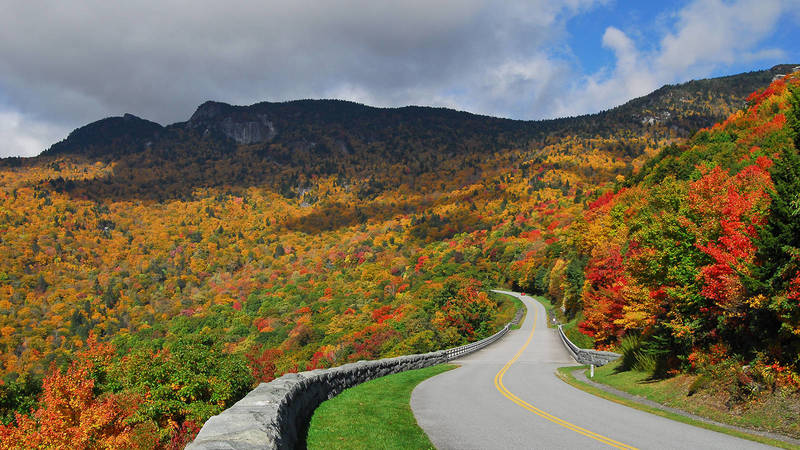Not only are America’s national parks some of the most awe-inspiring places in the world, they are also huge economic generators for the local communities that surround them.
In 2014, the National Park System received over 292 million recreation visits. Park visitors supported nearly $30 billion in economic activity and nearly 277,000 private-sector jobs. Each federal dollar invested in the National Park Service generates $10 in economic activity, a tremendous return on investment to local economies.
National parks are tremendously popular, draw international visitors who spend their tourism dollars in the United States, and clearly provide a huge return on investment. Yet the decline of the Park Service budget fails to match these values. Park funding has long been in decline and has been cut significantly over the past five years:
- There has been more than a 7%, or $173 million reduction in the account to operate national parks and more than a 12%, or $364 million reduction in the total budget for the National Park Service over the last five years in today’s dollars.
The park service’s deferred maintenance backlog has steadily been growing, now at $11.5 billion. Projects are continually added to the backlog in part due to insufficient operations funding to ensure needed day-to-day maintenance. The backlog has also grown because of a steady decline in the ‘construction’ account. Over the last decade, there has been a 62% or $227 million decline in that account in today’s dollars.
Yet national parks cost us very little: the entire budget for the National Park Service is a tiny 1/15th of one percent of the federal budget and the average American household pays as much for our national parks each year as it would cost to buy a cup of coffee.
Jobs
Annually, the National Park Service employs over 21,000 people and oversees 221,000 volunteers who contribute about 6.4 million hours of service. However, this is just a fraction of the jobs that national parks support. In 2014, national parks generated nearly 277,000 private-sector jobs nationwide.
Made in America: Investing in National Parks for Our Heritage and Our Economy
Yellowstone, Gettysburg, the Statue of Liberty and the Flight 93 Memorial are among the many national parks that we, as Americans, own together. Keeping this magnificent collection of places well-managed…
See more ›National, Bipartisan Support
According to a recent poll, 9 out of 10 likely voters — Republicans, Democrats, and Independents — agree that funding for our national parks should not be further cut. The recent budget cuts impacting parks is why nearly 300 businesses wrote Congress and the President expressing their concern. It is also why both the National Association of Counties (NACo) and the United States Conference of Mayors passed resolutions in support of park funding.
National parks are extremely popular with domestic and international visitors alike. Nine out of ten Americans has visited a national park and one in five international visitors travels to a park service unit during their stay in the United States, and those who do stay longer, visit more places and are more likely to make return visits. National parks are a third of the 25 most popular travel destinations in the United States.
During the October 2013 government shutdown, we heard from the American people how much they love national parks and want them open and well-funded and how they are important economic generators for local communities. The shutdown demonstrated the immense economic importance of national parks, with a loss of nearly ten million visitors, costing local communities and businesses $414 million in visitor spending alone. This does not account for additional losses from the ripple effect of that spending not being recirculated in local economies, or lost sales tax receipts.
Visitation Drives Economic Growth
National parks are huge economic generators for their local gateway communities and the nation as a whole. Though the number of park units varies from state to state, the positive impacts can be substantial for local areas in each state.
For Media Inquiries
-
John Garder
Senior Director of Budget & Appropriations, Government Affairs
-
Issues


